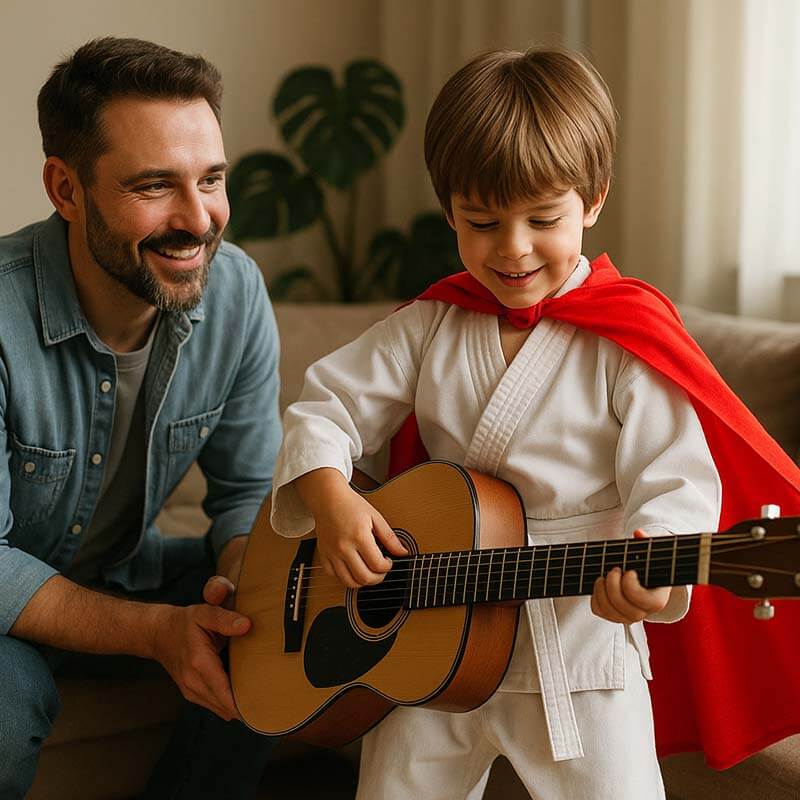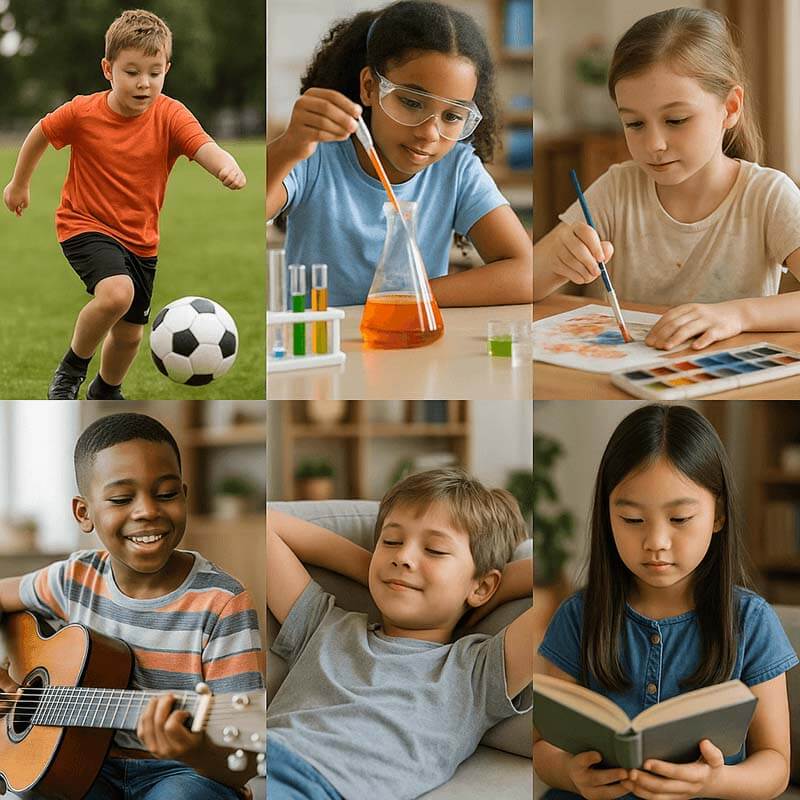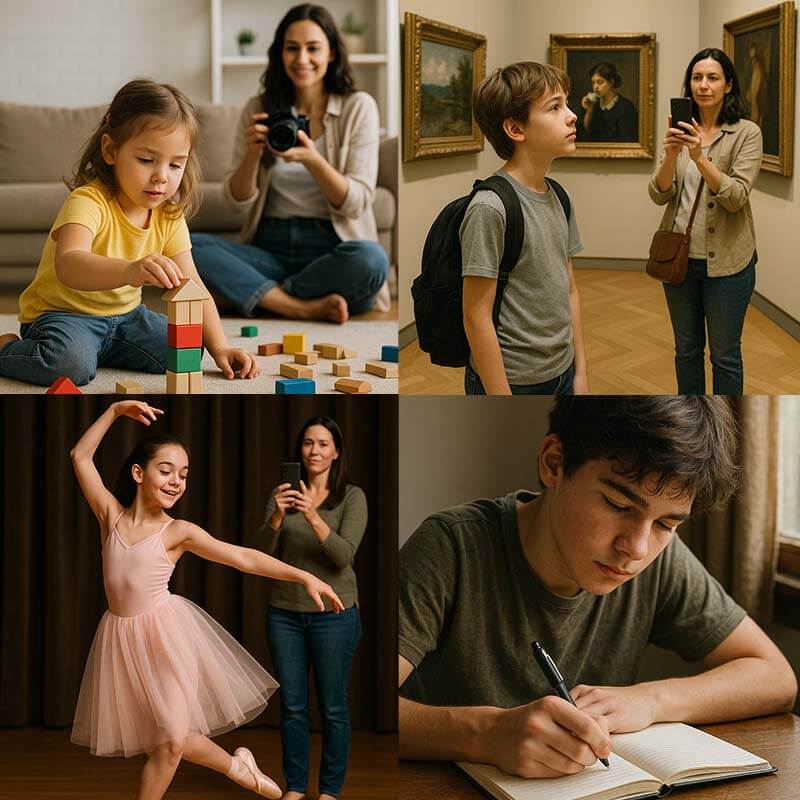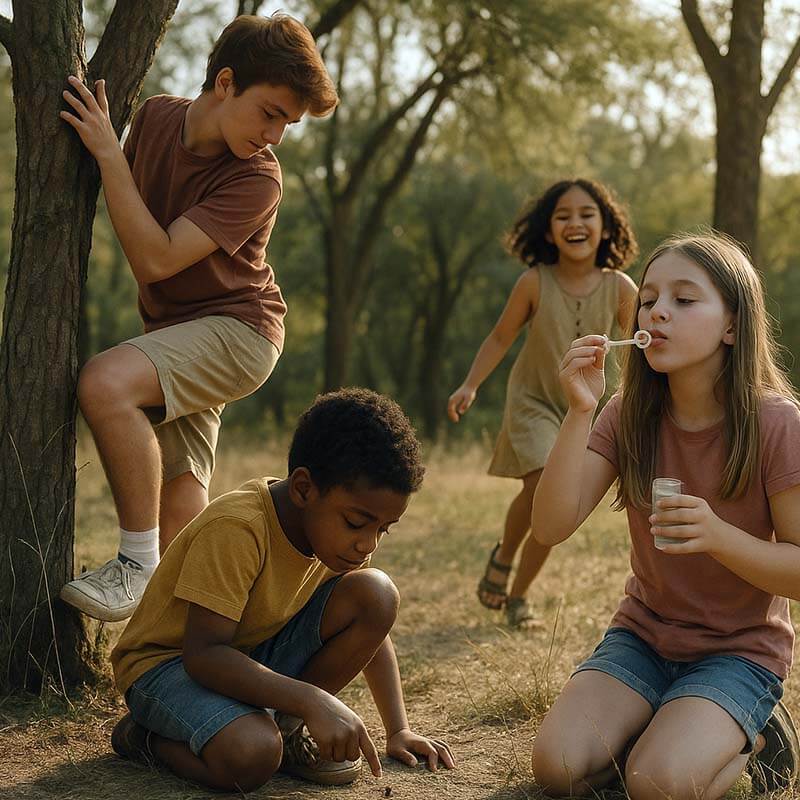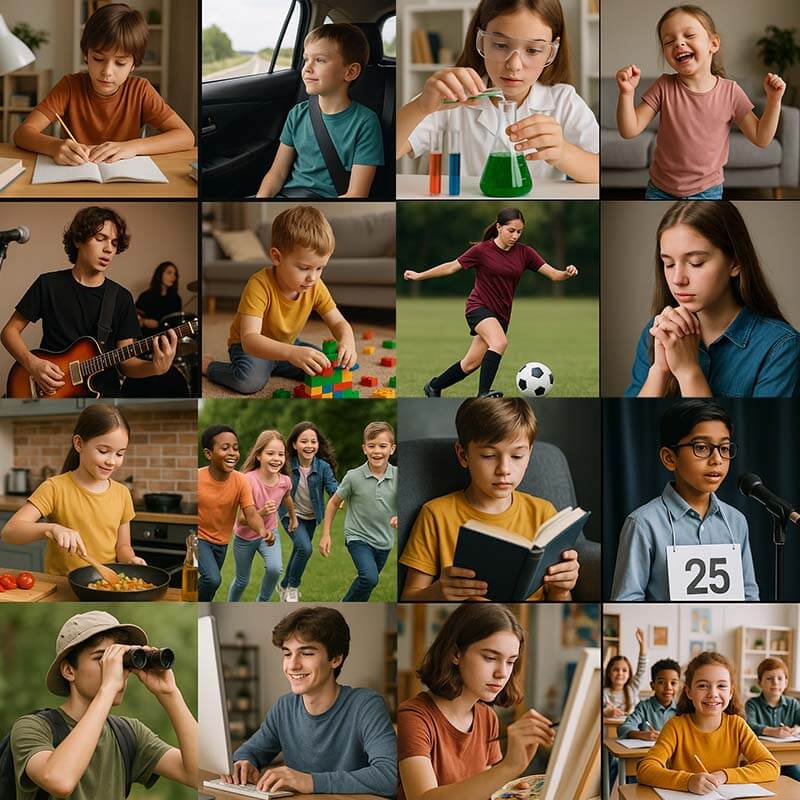Our Philosophy
What Does It Mean to Learn with Freedom?
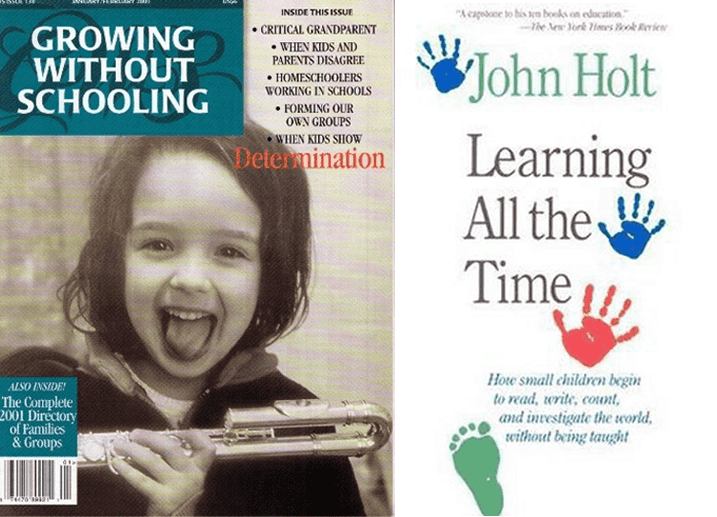
What Inspires Our Philosophy?
A legacy of trust, autonomy, and respect for the learner.
Our approach is deeply rooted in the work of John Holt, a visionary educator and author who believed that children learn best when they are free to follow their interests and curiosity.
The Influence of John Holt
John Holt was a pioneer in school reform and the father of the unschooling movement. After years of teaching in traditional settings, he realized that when children are forced to learn, they often lose their natural love of learning. In contrast, when given freedom and trust, they thrive.
He believed that education is not something we do to children, but something that happens with them—through real life, deep play, relationships, and wonder.
His books like Learning All the Time, Teach Your Own, and How Children Learn offer a powerful message:
Let children lead their learning, and they will never stop growing.
Why It Matters to Us
At West River Academy, we don’t just echo Holt’s ideas—we see them come to life every day in our community.
We’ve witnessed how children blossom when learning is child-led and not forced. Whether it’s exploring bugs in the backyard, building robots, journaling dreams, or traveling the world—life itself becomes the curriculum.
We honor each child’s path.
We trust the process.
We support the family as the safe container where learning unfolds naturally.
How to Organize Your Year
Discover simple, real-life ways to build your year of learning—no curriculum required. From spaces to materials to documenting experiences, this section helps you get started with confidence.
Validating Your Studies
Need official documents?



